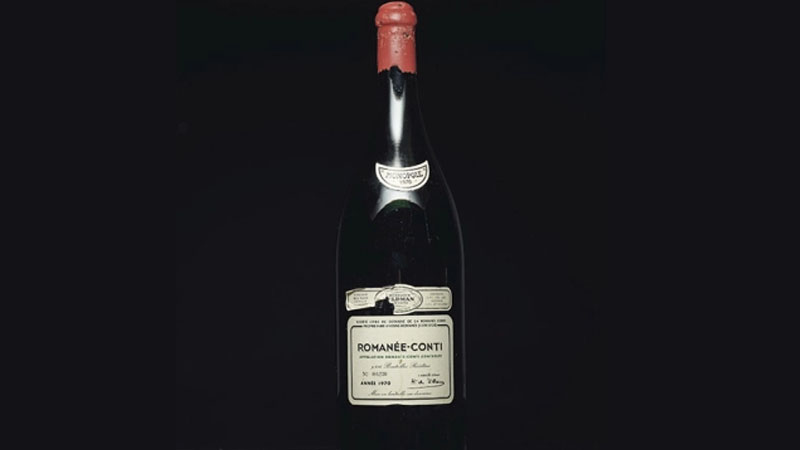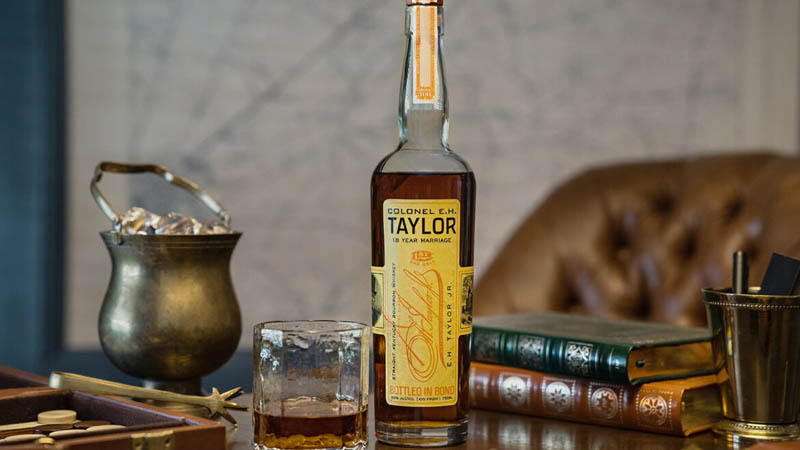How To Set Up A Scotch Tasting

There are wine parties, wine clubs and wine tastings but what about whisky? Scotch is globally adored, but these types of tasting events are not always in the social forefront.
Whisky, like wine, is appreciated for how it’s crafted and cared for. From the original ingredients, to the distilling process to the aging, whisky is a full glass of conversation, so why not set up a social get together with scotch as the binding agent?
Scotch Equipment
I know there’s a lot to talk about and you’re a wealth of whisky wisdom, but let’s start with the basics.
What’s the best glassware to use for our tasting?
Dr. Bill: First thing is to have great tumblers for it. Tulip-shaped glasses are ideal. The right type of glass concentrates the bouquet. Room temperature water.
When I’m tasting whisky professionally in the laboratory, I always do it the same way. First, I’ll nose it full strength. Then I’ll cut it with a little bit of water, which tones down the alcohol and opens up the bouquet of the whisky. Then I’ll nose it again. And then, I’ll finally taste it.
What’s the best way to regulate the water?
Dr. Bill: It depends on how geeky you want to be with it but most people should have their own pipette dropper. Failing that, you could also use a teaspoon. The key is not to drown out the whisky. With a pipette, you can measure and control it better.
What are your thoughts about whiskey stones?
Dr. Bill: The reason for them is to chill the whisky without diluting it. From a personal perspective, I’m very wary of chilling the whisky at all. Personally, I’m very against whisky stones. I suffer from serious OCD and the idea of putting a dirty stone in your whisky is an anathema to me. Some whisky is good with a bit of a chill –the Glenmorangie Signet is good with a rock of ice on it – but not all whisky is.
What if you’re getting really hardcore and tasting right from a cask?
Dr. Bill: If you’re tasting from the cask in the distillery, you might use something called the copper thief or the copper dog. It’s a bit of copper pipe. Back in the day, people hid it in their sock or down their trousers when it wasn’t legal to take from the cask. Now it’s used to see the color of the whiskey to make sure that it’s a good, active cask. The color can be changed a good variety of ways before it hits the consumer.
How To Taste Scotch
What do you look at before tasting?
Dr. Bill: That’s a very good question but I tend not to look at it too much. It can be a bit of a red herring. In particular, if I’m judging in a competition, I tend not to judge by color. One thing that producers are allowed to add to Scotch whisky is caramel coloring, so that can be misleading. Nowadays, though, more and more companies are not adding it and allowing the natural color.
What about in terms of swirling?
Dr. Bill: What you want to do is swirl while holding it away from you. What you’re doing there is getting rid of the first burst of alcohol, which can numb the palette. Adding a bit of water encourages the bouquet to come out of the whisky.
The exact way I’ll do it if I’m judging is I’ll swirl it and give it a smell at full strength. Then I’ll wait about 30 seconds, add a bit of water and swirl again, then nose again, and then finally get down to business and taste it.
What are a few things you look for when it hits your palette?
Dr. Bill: The first thing I’ll look for is the texture or mouthfeel in the whiskey. If it’s been matured in good quality wood, you will be looking for a buttery, creamy texture. If it’s been matured in a wood that’s been used many times, you might get a grippiness or a fireyness on your tongue. I’ll
In terms of taste, the first thing I’ll look for is a sweetness. That comes from the natural wood sugars but again, if the barrel has been used 20 times, that natural sweetness won’t be there.
Lastly, I’ll look for the primary flavor, which is also a result of the lignin degradation. Again, if it’s good quality wood like we use at Glenmorangie, then when you toast it, the lignin breaks down and you get these lovey vanilla, almond or coconut flavors, so you can tell fairly quickly if the whisky has been matured in good quality wood. That’s the reason we only use the casks two times at Glenmorangie. I want lots of that texture in the mouth – that softness, that creaminess and that sweetness.


